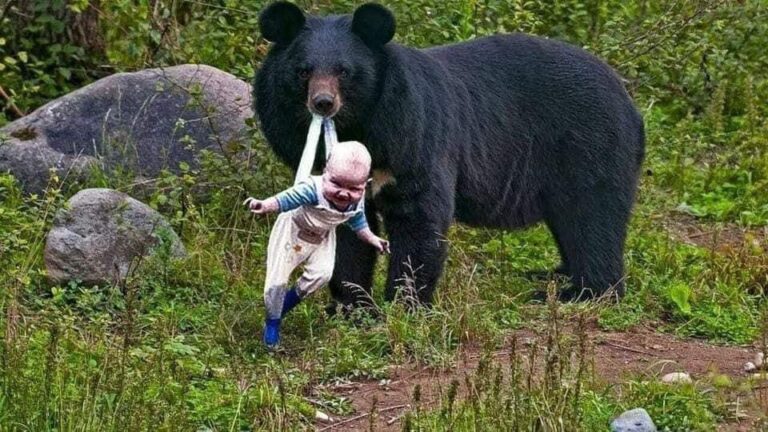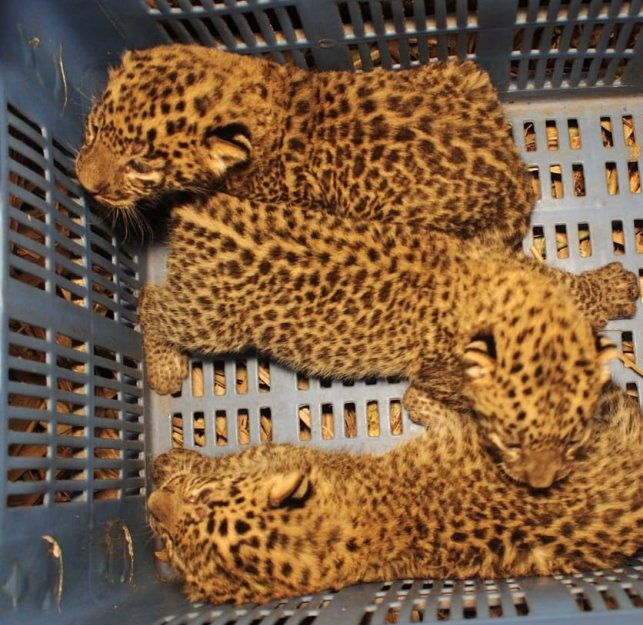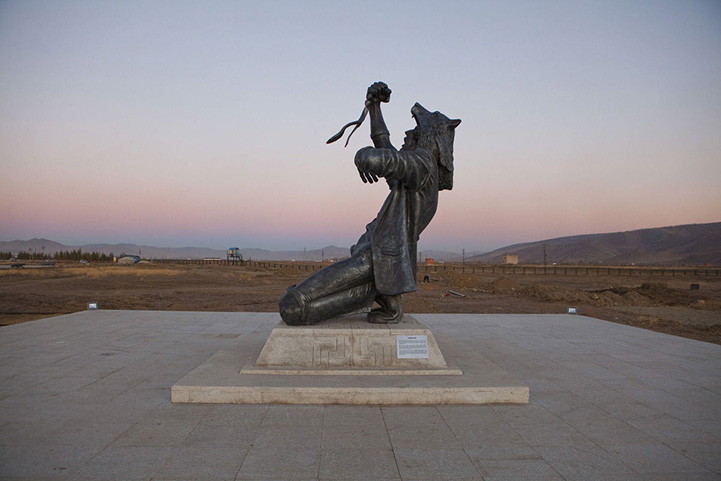The Arctic Wolf: A Guardian of the Frozen Wilds
Standing proud against a backdrop of snow, the Arctic wolf in the image is a symbol of resilience and elegance in one of the harshest environments on Earth. Its pure white fur blends seamlessly with the snow-covered ground, offering it perfect camouflage in the Arctic tundra, where temperatures can plummet to life-threatening levels. This majestic wolf, with its keen eyes and muscular frame, is an apex predator, perfectly adapted to the unforgiving conditions of the far north.
Unlike its counterparts in more temperate regions, the Arctic wolf has evolved to survive where few animals can. Its thick double-layered coat provides essential insulation, while its small ears and shorter muzzle reduce heat loss. Living primarily in the Arctic Circle, these wolves often endure months of darkness during the winter and near-constant daylight during the summer.
The rugged terrain of their habitat also shapes their behavior. Arctic wolves tend to roam across vast distances in search of food, preying primarily on caribou, musk oxen, and smaller Arctic creatures. Their ability to work together in packs, often led by a dominant pair, showcases their remarkable social structure and hunting strategies.
However, despite their incredible adaptations, Arctic wolves face increasing challenges due to climate change. The warming of the Arctic is causing shifts in prey populations and habitat conditions, putting pressure on these wolves to adapt even further.
This striking image captures not just the beauty of an Arctic wolf but also the fragility of the ecosystem it calls home. As the guardians of the frozen wilderness, these wolves remind us of nature’s resilience and the importance of preserving our planet’s wild spaces for future generations.






